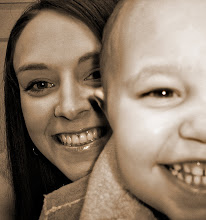



 Radiographs
Radiographs (X-rays) use ionizing electromagnetic radiation to view objects.
Radiographs are the most common tool used in the diagnostic imaging department, and they are the second most commonly used medical test after laboratory tests. I'm sure everyone reading this blog has had a
radiograph taken before. X-rays may seem harmless since you can't feel, see, hear or smell them. But most people don't realize they actually can be harmful. It is vital if you are planning on having a
radiograph taken that important safety precautions are used. Radiology technologists are trained to protect people and their environment from the harmful effects of ionizing radiation. Radiation can cause microscopic damage to living tissue, resulting in burns and radiation sickness and can even cause cancer, tumors and genetic damage. It is very important that if you think you might be or you are pregnant to avoid any type of
radiologic procedure. Be sure that your radiology technologist covers you with some type of lead shielding (unless it covers vital parts that need to be seen in the
radiograph). The radiology technologist also needs to make sure the time of the exposure is accurate and that distance is put into place. Once your doctor orders a
radiograph you are typically taken into a dressing room and given a gown to change into. You must remove all jewelry or metal objects that might show up in the
radiograph. You will then be guided to the procedure room. The x-ray machine can seem a little intimidating because its so large and the table you lay on is cold and hard. Your radiology technologist should try to make the procedure as comfortable as possible. They will then position you to where they want to take the
radiograph and it is vital to follow all their directions. For example, if they advise you to take in a deep breath,hold it, and don't move. You must follow the steps to avoid a retake of the image. You don't want to have to do a retake because you have just doubled your dose of radiation. Last, they should always try to put some type of lead shielding on you before they take an exposure, unless they aren't able to. The technologist will set the technical settings, take the image, and check over them to make sure they are acceptable. Then they will advise you to go back to the changing room and you can change into your street clothes. It's a pretty fast and simple procedure. Posted are a few examples of what a
radiograph might look like.




















